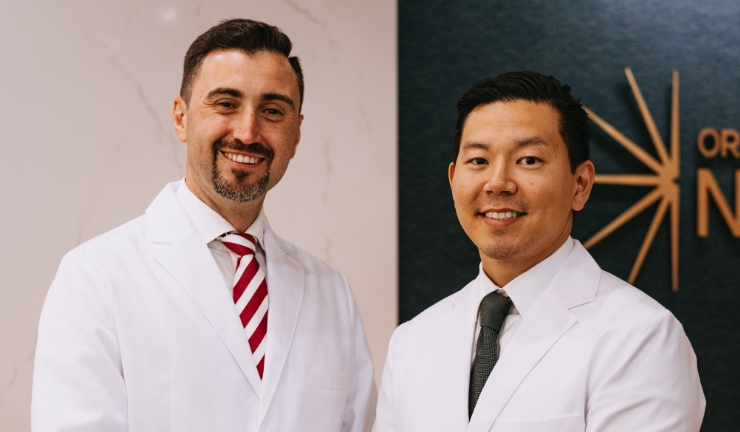Treatment for Sleep Apnea
The first step in treating sleep apnea is to recognize the symptoms and seek appropriate medical care. Oral and maxillofacial surgeons are a great resource for consultations and to discuss treatment options.
Skull x-rays can be used to determine the level of obstruction and look at the anatomic relationships in the maxillofacial region. A sleep study might be recommended to determine the impact sleep apnea is having on the cardiovascular system and oxygenation levels.
Potential treatments for obstructive sleep apnea include:
- CPAP Machine: This nasal mask delivers pressurized oxygen to limit obstruction while sleeping.
- Uvulopalatopharyngoplasty (UPPP): A surgical procedure that is performed on the throat and the back of the soft palate.
- Laser Assisted Uvulopalatopharyngoplasty (LAUPP): A similar procedure as above, but with the assistance of laser technology.
- Radiofrequency Probe: This technology can be used to tighten the soft palate.
The surgical procedures are completed using light IV sedation to ensure the patient’s comfort during the procedure.
When a sleep apnea case is complex, it might be necessary to reposition the bones of the upper and lower jaw. This surgery increases the size of the airway to eliminate blockages while sleeping. General anesthesia is used, and hospitalization is required for 1–2 days after the surgery.
Obstructive Sleep Apnea is a serious medical condition that can result in life-threatening consequences if left untreated. Most major medical plans provide insurance coverage for both the diagnosis and treatment of OSA.




